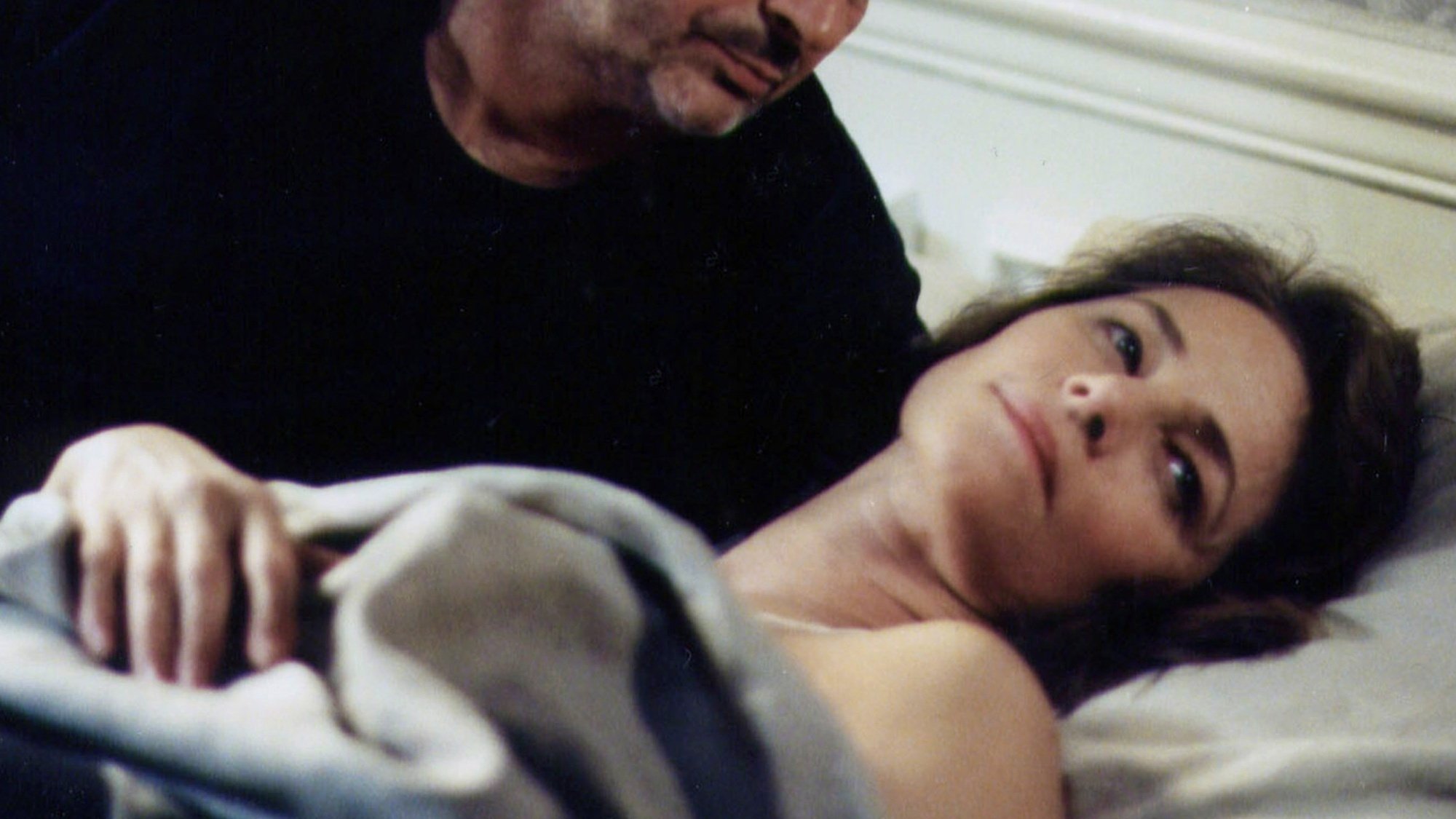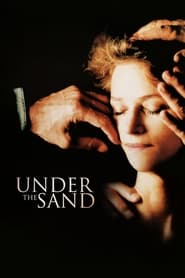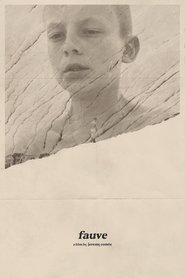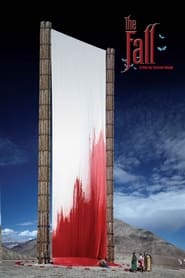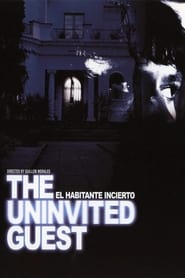
Video Sources 0 Views
Synopsis
Watch: Sous le Sable 2000 123movies, Full Movie Online – Marie, a professor of English literature in a Paris university, has been happily married to Jean for 25 years, although they have no children. During their summer vacations in the southwest of France, Jean leaves Marie sunbathing on the beach and goes to swim in the sea. When Marie turns back, she cannot find Jean. Has he left her? commited suicide? drowned? With no clue and no body to mourn over, Marie acts as her husband was still alive..
Plot: When her husband goes missing at the beach, a female professor begins to mentally disintegrate as her denial of his disappearance becomes delusional.
Smart Tags: #female_frontal_nudity #sex #male_frontal_nudity #female_nudity #female_masturbation #existential_loneliness #motor_vehicle #car #french_car #citroen #citroen_motor_vehicle #citroen_xantia #female_rear_nudity #france #beach #professor #vacation #sunbathing #english_literature #denial #disappearance
Find Alternative – Sous le Sable 2000, Streaming Links:
123movies | FMmovies | Putlocker | GoMovies | SolarMovie | Soap2day
Ratings:
Reviews:
Scratch the Surface
A surprising change of pace for (up to that stage in his directorial career) shock auteur François Ozon in the wake of bourgeois facade-ripping as REGARDE LA MER and SITCOM, this minimalist masterpiece deals with love, loss and grief yet never becomes heavy-handed.Middle-aged Marie (luminous Charlotte Rampling making a belated but extremely welcome return to leading roles), an English literature professor at a Parisian university, quite literally loses her husband (hauntingly sad-eyed Bruno Cremer) while on seaside holiday. She takes a nap on the beach as he’s out swimming. When she wakes up, he has disappeared. Accidentally or voluntarily drowned ? Hiding perhaps from a stifling marriage ? Ozon offers no solid answers but focuses but focuses on Marie’s stubborn denial of her husband’s departure as she resumes her professional and social life as if nothing had happened. While those around her assume she’s slipping from sanity, the truth proves considerably less tangible and far more nuanced. A tentative affair with the friend of a friend seems doomed from the start, leading to the shattering final scene, all the more heartbreaking for being open to any number of interpretations, none of them particularly cheerful.
Even though the filmmaker has reigned in his wicked humor and morality-defying shock tactics, this fortunately doesn’t mean he has gone all solemn on us. The general lightness of tone might indeed startle in light of the subject matter, plus there’s even an astonishingly erotic moment when Marie imagines herself being groped by both husband and lover in an elegant masturbatory fantasy. Ultimately, this is very much Rampling’s show and clearly intended as such. Rarely out of frame for more than an instant here, she delivers the type of performance both subtle and sensuous that has been her stock in trade since she started enchanting movie audiences worldwide back in the ’60s, her mysterious beauty undiminished (if anything, augmented more like) by the passing years. Contrary to her personal code of conduct (she will rarely work more than once with the same director, always looking for new experiences to further her craft and personal growth), she went on to star in Ozon’s deceptively upbeat SWIMMING POOL and took a supporting role in his first failure to date, the atrocious ANGEL.
Review By: Nodriesrespect
Ozon is brilliant
After seeing Swimming Pool (my first Ozonic experience – his first American-language movie), all of his previous films and now this one, I’ve come to the conclusion that Francois Ozon is a truly brilliant filmmaker, someone who is capable of foraging deep, DEEP under the surface of things – as only a Scorpio can – to convey what is nearly non-conveyable in films: psychological state and motivation. Charlotte Rampling is superb in Swimming Pool, and in Sous Le Sable (Under the Sand), she creates one of the most stunningly subtle and heartbreaking portraits of grief that I’ve ever experienced; this film is profoundly sad, a brilliantly accomplished, astoundingly mature piece of work.
Review By: Rogue-32
Other Information:
Original Title Sous le Sable
Release Date 2000-09-11
Release Year 2000
Original Language fr
Runtime 1 hr 32 min (92 min)
Budget 0
Revenue 0
Status Released
Rated Unrated
Genre Drama, Mystery
Director François Ozon
Writer François Ozon, Emmanuèle Bernheim, Marina de Van
Actors Charlotte Rampling, Bruno Cremer, Jacques Nolot
Country France, Japan
Awards 1 win & 12 nominations
Production Company N/A
Website N/A
Technical Information:
Sound Mix Dolby Digital
Aspect Ratio 1.85 : 1
Camera N/A
Laboratory N/A
Film Length 2,766 m (Spain)
Negative Format 16 mm, 35 mm
Cinematographic Process Spherical (35 mm segments), Super 16 (16 mm segments)
Printed Film Format 35 mm
Original title Sous le Sable
TMDb Rating 6.714 140 votes
Director
Director


